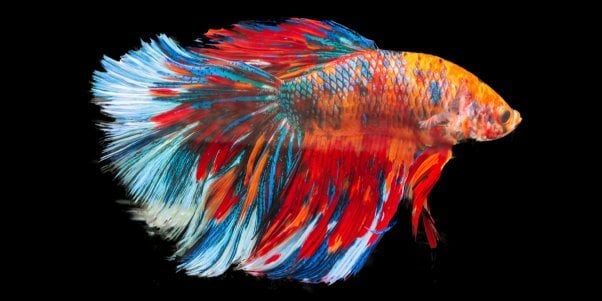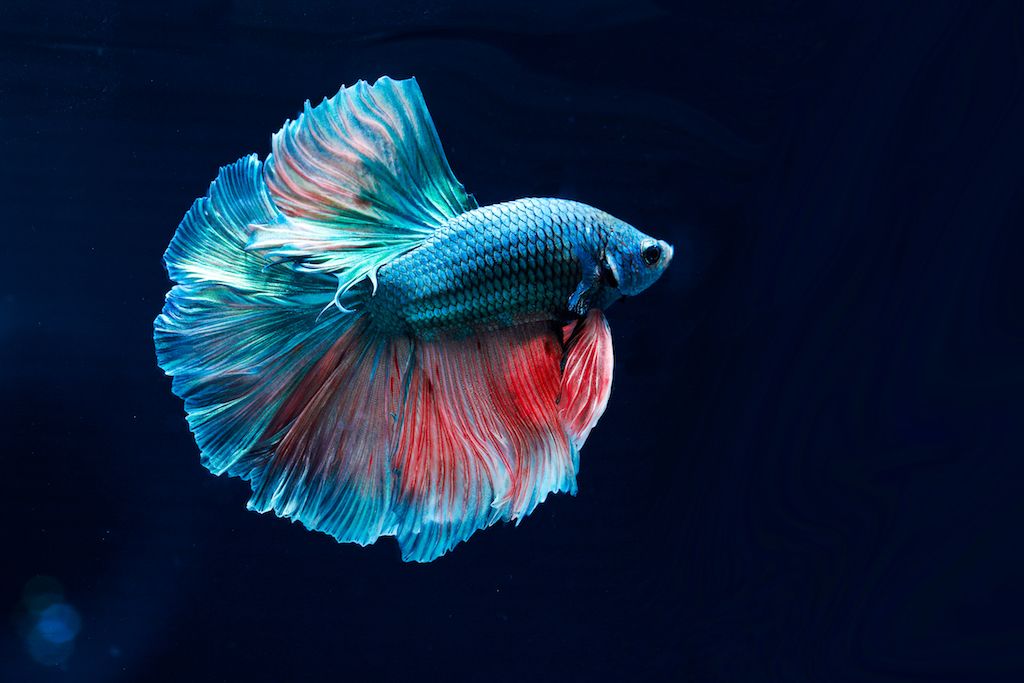Typical Betta Fish Diseases and Exactly How to Prevent Them
Typical Betta Fish Diseases and Exactly How to Prevent Them
Blog Article
Just How to Breed Betta Fish Effectively: Professional Techniques and Insights for Hobbyists Looking to Increase Their Betta Collection
Breeding Betta fish needs a nuanced understanding of genes and environmental problems, making it essential for enthusiasts to come close to the procedure with both persistance and care. Creating an ideal breeding setting, choosing the best sets, and observing the details of their courtship habits are foundational actions that can considerably influence the result. The succeeding care of the fry is essential for ensuring their healthy and balanced growth. As we check out these crucial components, it ends up being clear that successful reproduction is not nearly the preliminary pairing yet encompasses a wider method that values careful factor to consider.
Recognizing Betta Fish Genes
Recognizing the genetics of Betta fish is vital for successful reproduction, as it affects qualities such as shade, fin shape, and habits. Betta fish display a varied array of colors and patterns, mostly figured out by their hereditary make-up. The main genetics accountable for coloration include the "B" genetics for blue, "D" gene for red, and the "C" genetics for shade strength. Breeders can adjust these attributes by selecting certain parent fish that display wanted attributes.
Along with coloration, fin morphology is another significant facet of Betta genetics (betta fish). The sizes and shape of fins are affected by various genes, consisting of those that establish whether the fins are short, long, or veil-shaped. Recognizing these hereditary variants assists dog breeders anticipate the phenotypic results of their children
Additionally, behavioral qualities such as aggressiveness and territoriality can likewise be influenced by genetics. These actions play an essential duty in the breeding process, as they can affect spawning success and the total temperament of the resulting fry. By thoroughly understanding these hereditary principles, dog breeders can make educated choices, ultimately boosting their reproduction programs and accomplishing preferable outcomes.
Preparing the Reproduction Atmosphere
Creating an optimum breeding atmosphere is crucial for the effective recreation of Betta fish. The very first step in preparing this atmosphere is to select a proper breeding container, ideally varying from 5 to 10 gallons.
Next, consider using a sponge filter or an air stone to give mild water flow without producing solid currents that can worry the fish. It is important to mount plants or breeding cones to offer hiding spots and promote convenience for the female throughout the spawning procedure. Floating plants, such as Java moss or water sprite, can additionally develop a much more native environment while assisting in bubble nest building by the man.
Before presenting the breeding pairs, make sure the water is conditioned and without unsafe chemicals, such as chlorine or heavy metals. betta fish. Normal water adjustments must be carried out to keep optimal water high quality, enhancing the opportunities of effective breeding. With these prep work in location, the reproducing atmosphere will sustain the health and wellness and wellness of both Betta fish
Picking Reproduction Pairs
Picking the this post right reproduction sets is essential for accomplishing successful Betta fish recreation. Healthy and balanced Betta fish show vibrant shades, clear eyes, and active actions.
Personality is one more vital consideration, as Betta fish are known for their aggressive nature. It is suggested to select a man and female that exhibit compatible temperaments to minimize stress throughout the reproducing procedure. A tranquil male can encourage a smoother courtship, while a female that is also hostile may interrupt the procedure.
Hereditary history also plays a significant duty in the high quality of the children. Breeding fish that are genetically varied can decrease the danger of hereditary wellness issues and enhance the general vigor of the fry. It is advantageous to research the lineage of both the man and lady, focusing on preferable attributes such as fin kind, shade patterns, and size.
The Breeding Refine
The breeding procedure of Betta fish calls for careful preparation and focus to detail to guarantee a successful end result. Originally, it is vital to prepare an appropriate breeding tank, ideally a 5-10 gallon aquarium with a temperature level preserved at 78-80 ° F. The container should be furnished with a heating unit, filter (preferably sponge type to prevent solid currents), and lots of aquatic plants for the woman to hide.
As soon as the environment is This Site set, introduce the selected breeding pair to the storage tank, allowing them to accommodate. Observe their habits; the man will show intricate courtship rituals, consisting of flaring his fins and constructing a bubble nest. If the female reveals passion, she will certainly display vertical stripes indicating preparedness for spawning.
When the woman is responsive, the pair will certainly participate in a breeding welcome, during which the male fertilizes the eggs. It is crucial to check their interactions very closely, as the male might come to be hostile. After generating, remove the lady Resources to stop prospective injury. The man will often tend to the eggs, which typically hatch within 24-36 hours. Maintaining optimum water conditions throughout this duration is necessary for the development of healthy and balanced Betta fry.
Taking Care Of Betta Fry

Feeding Betta fry is essential, as they need a diet plan high in protein. They can be fed infusoria or fluid fry food, transitioning to finely crushed premium pellets as they grow. Feed little portions multiple times a day to urge healthy growth without straining the tank with leftover food.

As they mature, check their development very closely and separate any aggressive people to prevent injury. By providing a nurturing setting and correct nutrition, enthusiasts can successfully raise Betta fry right into vivid, healthy fish, eventually enhancing their breeding undertakings.
Verdict
Effective Betta fish reproduction requires thorough focus to genetic option, ecological problems, and care for the fry. By recognizing the genes of Betta fish and preparing an ideal breeding environment, enthusiasts can improve the chances of creating vivid, healthy spawn.
Report this page